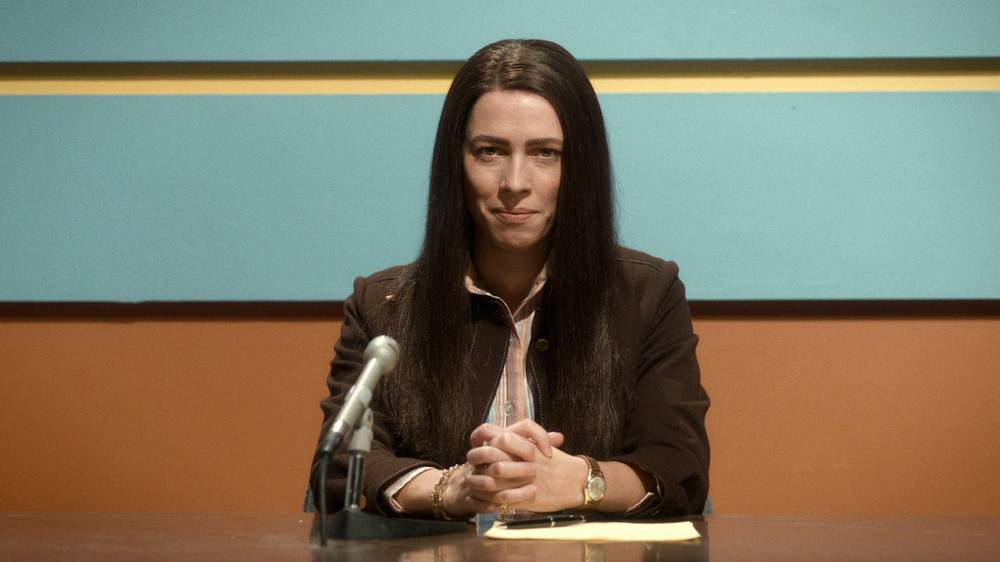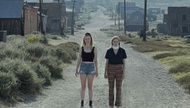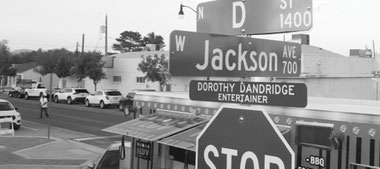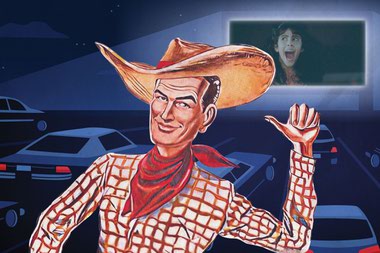
Christine Rebecca Hall, Michael C. Hall, Tracy Letts. Directed by Antonio Campos. Rated R. Opens Friday at Regal Village Square.
On July 15, 1974, local news reporter Christine Chubbuck shot herself in the head on live TV in Sarasota, Florida, in what is still one of the most shocking acts of violence ever broadcast on American TV. It’s such an extreme act that the one person with access to the footage has taken legal steps to ensure that it will never again be shown. So to say that Chubbuck’s suicide is a delicate subject is a serious understatement, and the filmmakers of Christine face an enormous challenge in creating a movie that is more than cheap, morbid exploitation. To their credit, they mostly succeed, thanks in large part to Rebecca Hall’s fantastic performance as Christine, who’s a fascinating and fully realized character even without the knowledge of what she’s going to do in the movie’s finale. Director Antonio Campos, known for more experimental features Afterschool and Simon Killer, tones down his stylistic flourishes to deliver a fairly straightforward take on Craig Shilowich’s screenplay, without falling into typical biopic traps.
As played by Hall, Christine is socially awkward, off-putting and ungainly, but she’s also the smartest person working at her small local news station, as even the blowhard boss she constantly battles with acknowledges. News director Michael Simmons (Tracy Letts) espouses the “if it bleeds, it leads” philosophy, while Christine is more interested in thoughtful and uplifting stories about local issues. She’s ambitious enough to want to move up to a larger market, but she’s stymied by interactions with her co-workers, especially suave anchor George Ryan (Dexter’s Michael C. Hall), on whom she nurses a secret crush. At home, Christine clashes with her free-spirited mother but also relies on family support to deal with bouts of depression. The signs of her impending suicide are fairly obvious, but the movie almost never makes them heavy-handed, showing how Christine’s friends and family either failed in their attempts to help or didn’t even know where to begin.
As successful it is as a character study, the movie is also an effective look at the state of local TV news in the 1970s, with impeccable period detail. Christine is like an abrasive, moody version of Anchorman’s Veronica Corningstone, and George is more than a bit Ron Burgundy. Some of the commentary about the sensationalizing of the news is a bit obvious, but Christine’s entire on-air suicide was perhaps the most obvious, on-the-nose criticism of “blood and guts” journalism that could be made, so it fits with the tone of the story. Campos doesn’t pull punches when it comes to that suicide, but he doesn’t wallow in it, either. Far more uncomfortable than the brief moment of violence is the slow-motion train wreck leading up to it, and some of Christine’s interactions with co-workers and strangers can be excruciating to watch. But if that conveys even a fraction of the pain and anguish Christine herself felt, that drove her to such a horrifying act, then then movie is a success.







